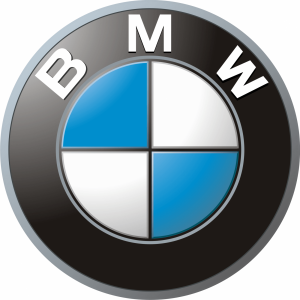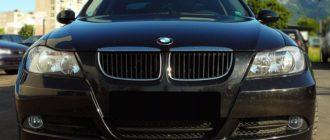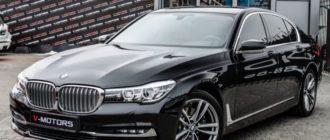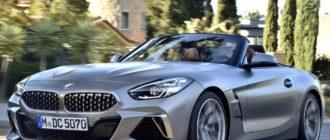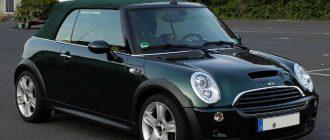The emergence of the «three series BMW» generation was a turning point in the development of this model. It underwent a radical transformation. BMW 3 E36 manufacturers made it even longer than the usual structure. They also widened it, developed an ideal weight distribution. As a result, a «driver's» car for a real man was created.
However, there are also negative aspects. Without them, it's impossible. Especially considering that at the moment the youngest «three series» is at least 15 years old.
Today we will examine the features of this model that should be taken into account when purchasing a pre-owned product.
History and Specific Moments
In the not so distant 1991, the first BMW 3 (E36) sedans appeared on the car market. Two years later, the world saw coupe and cabriolet versions (E36/2). And only after the same period, universal and 3-door hatchback Compact models appeared. It is worth noting that the latter cars of this brand were called the missing alternative to the first version of the BMW.
The main differences between the standard «three series» and Compact are:
- body;
- basic equipment, interior finish of the car;
- the presence of the rear part of the E30 generation.
BMW M3 also has many advantages, which we will not list here. This would require a separate article.
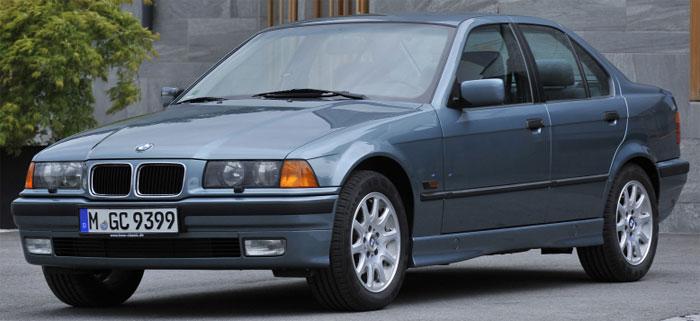
Since BMW developers managed to create a completely new «three series,» it was not without problems:
- with the quality of the interior assembly;
- with electronics;
- with seals for the rear door.
This applies more to the models that were produced between 1991 and 1994.
At the moment, the above-mentioned problems have been effectively resolved.
Body and Configurations of BMW 3 E36
When buying an old car, the question of corrosion resistance is very acute. This is almost the most important point. Speaking of E36, such issues almost do not arise. It is quite possible to find a car in normal working condition. Especially when its previous owner used anti-corrosion agents, followed all care rules:
- treated the bottom;
- installed mud flaps;
- greased the sills with protective agents.
Experts highlight several details that have caused difficulties. These include:
- sills;
- arches (mostly rear ones);
- trunk lid, hood;
- door edge.
The BMW E36 has exclusive problems. We are talking about the support cups. Especially in those models that have a heavy six-cylinder engine. Such cups are shifted in different directions, in some cases, the support parts simply tear off. The reason for such breakdowns is designer miscalculations. After all, such unpleasant incidents happen even with the newest vehicles.
BMW has developed unique repair kits, amplifiers for carrying out repair and maintenance work. Some owners of the «three series» in the 26th body mount specific-purpose struts.

The BMW 3 E36 salon can boast of spaciousness. The seats are very comfortable. This leads to the fact that the driver has little space between the door and the aisle, creating exciting driving conditions. Believe me, in a car like the BMW 3, you can afford it. Before buying it, it is recommended to sit in the salon. After all, not everyone will like such seating.
In the rear part of the car, there is not much space either. Although, if a person is up to 180 cm tall, they can comfortably ride. However, only two people can fit.
The trunk in such a model is designed for 4356 liters. The only thing that the drivers of such cars would like to add is the function of folding the rear seat.
Engines of the E36
Most «Bimmer» enthusiasts are convinced that the full potential of the BMW 3 E36 is revealed only with a six-liter engine. There is some truth in their words. Each car driver has their own idea of potential. Some of them are quite satisfied with the power of a 1.6 or 1.8 liter engine.
This is an ideal option for everyday city driving. But when buying a pre-owned car, it is important to take into account the fact that the BMW «three series» is indeed a driver's model. Very often, drivers push the maximum speed just to show off the capabilities of a real BMW.
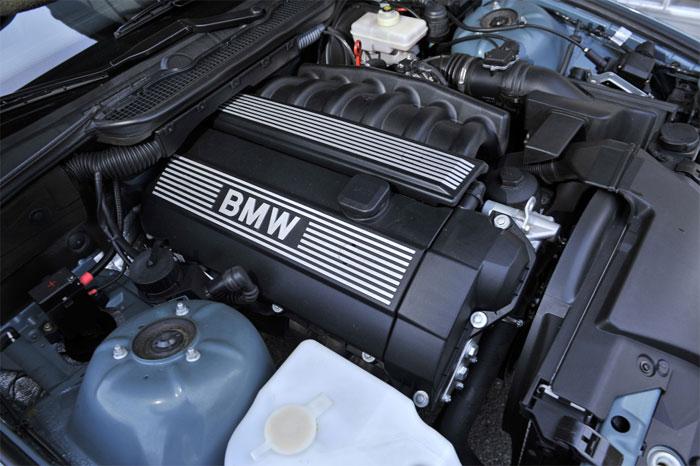
There are several engine options for the E36:
- 316i-1.6 (M40B16-100, M43B16 — 102 hp). The cons of this engine model include low power, the presence of a timing belt instead of a chain. Such engines were installed on the first car models. This lasted until 1994. After that, a more advanced version, the M43, was actively used, which had a timing chain.
- 318i-1.8 (M40B18-113, M43B18-115 hp). The main difference from the previous version is 13 horsepower.
- 320i-2.0 (M50B20, M52B20 — 150 hp). This inline engine with six cylinders is considered the optimal option. It has a huge working resource. The M50 was only produced until 1995. This did not affect its recognition: the engine is considered one of the most repairable and reliable. This is related to the material of the cylinder blocks. They are made of cast iron. In the M52 model, this part is made of aluminum, coated with a layer of Nicosil, which does not allow it to be classified as «good». Dangerous fuel particles, sulfur have a negative effect on it. Natural wear of the piston rings is quite common. Drivers claim that the comfort of driving the BMW 3 E36 starts with the two-liter engine.
- 323i, 325i — 2.5 (M52B25-170, M50B25 — 192 hp). The 170-horsepower engine (index of the car with the 323i engine) is a derated engine in accordance with European environmental standards. By its characteristics, it is almost identical to the 192-horsepower version. In addition, there are differences between the M50 and M52 engines.
- 328i-2.8 (M52B28-193 hp). It is considered the most powerful engine in the lineup (excluding the 3-liter, which was mounted exclusively on the M3 models). Due to the high torque, the engine has a «locomotive» thrust.
- 318tds-1.7 (M41D17- 90 hp), 325td, 325tds-2.5 (M52D25-115, 143 hp). 90 hp allow only calm driving in the city or on the highway. But without antics. As a rule, malfunctions occur only with the fuel pump. In some cases, it is necessary to replace the plunger of the fuel injection pump. This is done exclusively at a service station with pump tuning.
When purchasing a diesel E36, you can independently check the serviceability of the plunger pair. To do this, heat the engine to normal operating temperature. Then turn it off. After 15 minutes, start the engine again. If the engine cranks for a long time or does not start at all, repair is inevitable.
The 325td and 325tds differ in the intercooler, high turbocharger pressure. This is why the engine is powerful at 28 hp. The air conditioner radiator in the «tds» model is not the same as in other models. At the same time, its price is several times higher.
As a rule, the purchase of a diesel E36 is decided only if there is a high-quality diesel service within reach, where normal car maintenance can be carried out.
The main common problem of all BMW third series engines is the cooling system. It caused serious engine failures, leading to their disposal.
Transmissions
A manual transmission on the BMW E36 is considered reliable only if the oil change schedule is followed — every 40-50 thousand km of mileage of the car. It is also recommended to change the oil in the differential at the same time. It is not worth saving on the quality of the product. It will not only negatively affect the mechanism but completely destroy it.
After reaching 20,000 km of mileage, check the gearbox seals. Select oil for different types of transmissions according to the «label» located on the construction itself.
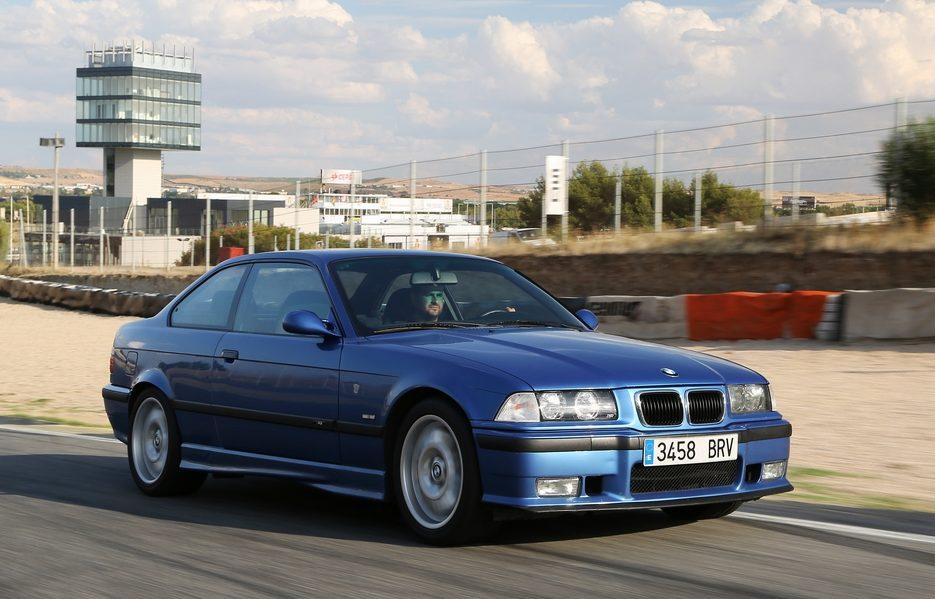
As for automatic transmissions, various types were installed on the «three series»:
- French;
- Japanese;
- American;
- German.
The latter are used most often.
The reliability and repairability of the automatic transmission do not raise doubts. However, when buying, pay attention to several points:
- no burnt smells;
- the color of the oil should not be black;
- no jerking or slipping during gear changes.
If gear shifting is too tight, do not expect the mechanism to work for a long time. And a new one will cost you no less than $100.
During inspection, be sure to check the condition of the universal joint and the bearing of the driveshaft. The average service life of the flexible coupling is 250 thousand km.
Chassis of BMW 3 E36
The suspension in the BMW 3 E36 is considered legendary. Although opinions about it vary: it drives excellently or is unreliable. The latter depends on:
- the quality of spare parts;
- the driver's professionalism;
- the level of maintenance.
The front suspension is a single-arm McPherson design. Two ball joints are mounted on its arm, which are replaced separately from each other. The rear suspension type does not depend on any mechanisms. It has three arms and several silent blocks.
Replacement of the latter is carried out separately. Their cost is quite affordable. But do not forget to check them when purchasing. After all, poor quality will affect the rear suspension performance. And overall repair will cost a lot.
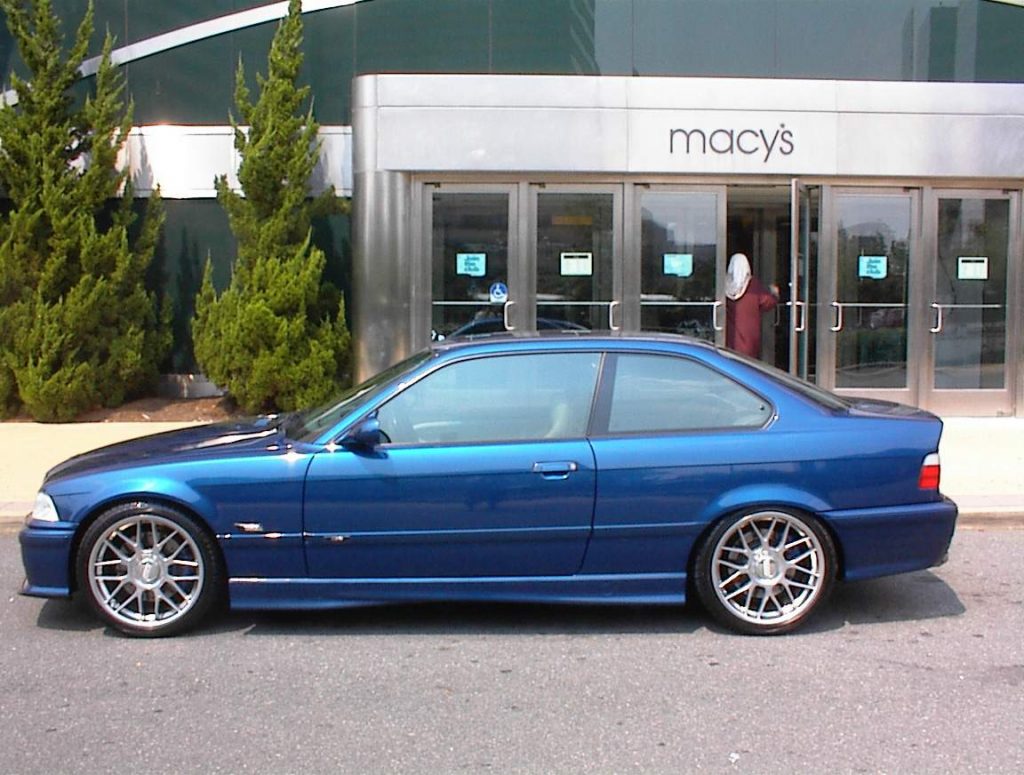
Silent blocks can serve you up to 80 thousand km, stabilizer struts — up to 60 thousand km, tie rod ends — about 45 thousand km. But only if original and quality parts are installed.
Conclusion
The practicality of the BMW 3 E36 is low. But there is plenty of excitement. The main factor to consider when choosing a car is your driving experience. If you are fully satisfied with it, then you can confidently buy the car.
